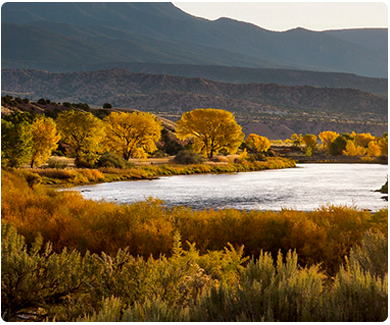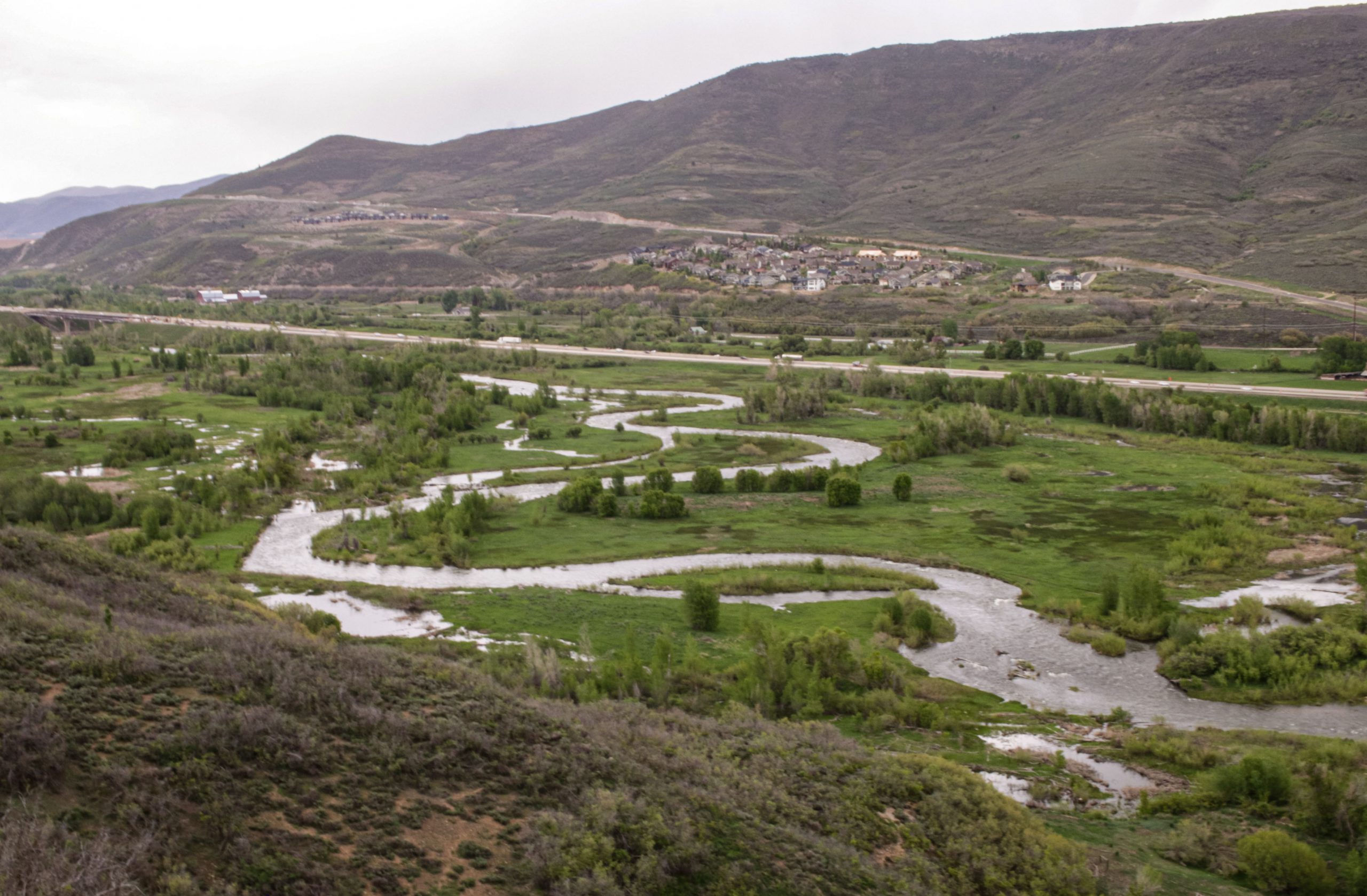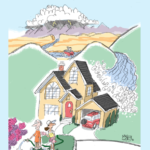- Issues or denies floodplain development permits
- Ensures all development is in compliance with the local ordinance
- Maintains records of development within the Special Flood Hazard Area
- Keeps the community's floodplain maps up to date
- Assists the community in obtaining information on flood hazards, floodplain map data, flood insurance, and proper construction measures
- Attends training and meetings for floodplain management
- Stays informed on flood mitigation measures within the community

Permit Development Within Your Community
Floodplain Development Permitting
Stream Alteration Permitting
Endangered Species Act (ESA)
ESA Section 7(a)(1) Conservation Action Program promotes the conservation of threatened and endangered species and their habitat through three components:
- Building awareness
- Helping with identification
- Promoting existing incentives and creating new incentives
Flood Risk and Endangered Species Habitat (FRESH) is a web-based geospatial mapping application to help communities identify floodplains where threatened and endangered species reside.
Keep Your Maps Updated
Letter of Map Amendment (LOMA)
A LOMA is issued because a property has been mapped as being in the floodplain, but is actually on naturally high ground above the base flood elevation.
Letter or Map Revision based on Fill (LOMR-F)
A LOMR-F is issued to document that a structure or parcel of land has been elevated above the BFE by the placement of fill and is no longer in the special flood hazard area (SFHA).
Conditional Letter or Map Revision (CLOMR)
A CLOMR is a letter form FEMA commenting on whether a proposed project, if built as proposed, would meet minimum NFIP standards. A CLOMR is usually followed by a LOMR.
Letter or Map Revision (LOMR)
A LOMR is a letter from FEMA that revises the current NFIP map with changes to floodplains, regulatory floodways, or flood elevations. A community or individual can request a LOMR to update the following: flood hazard boundary maps, flood insurance rate maps, flood boundary & floodway maps, and flood insurance study reports.
Current Maps and Projects
Floodplain Manager Toolbox
Sample Ordinances (level A, B, C, D, and E)
These follow FEMA's minimum regulation standards and/or community higher standards for flood damage prevention and reduction
Community Status Book
See if your community participates in the NFIP
Community Rating System (CRS)
Voluntary program for recognizing and encouraging floodplain management activities that exceed the minimum standards
FEMA-480 Floodplain Management Requirements
A Study Guide and Desk Reference for Local Officials
Elevation Certificate and Instructions
Official record showing that new buildings and substantial improvements in identified flood hazard areas are properly elevated
Substantial Damage/Improvement Desk Reference
When buildings undergo repair or improvement, it is an opportunity to reduce flood damage to existing structures. This resource provides practical guidance and suggested procedures.
Substantial Damage/Improvement Answers to Questions
Answers to those general questions about Substantial Damage/Improvement
Substantial Damage Utah Quick Guide
Answers to Questions about the NFIP
No Rise Information for Floodways
Any project in the floodway must be reviewed to determine if the project will increase flood heights.
Supplemental Materials
Additional Resources
Floods, What You Should Know About Living in Utah
A resource for your community
Utah Quick Guide
Floodplain management for community officials




